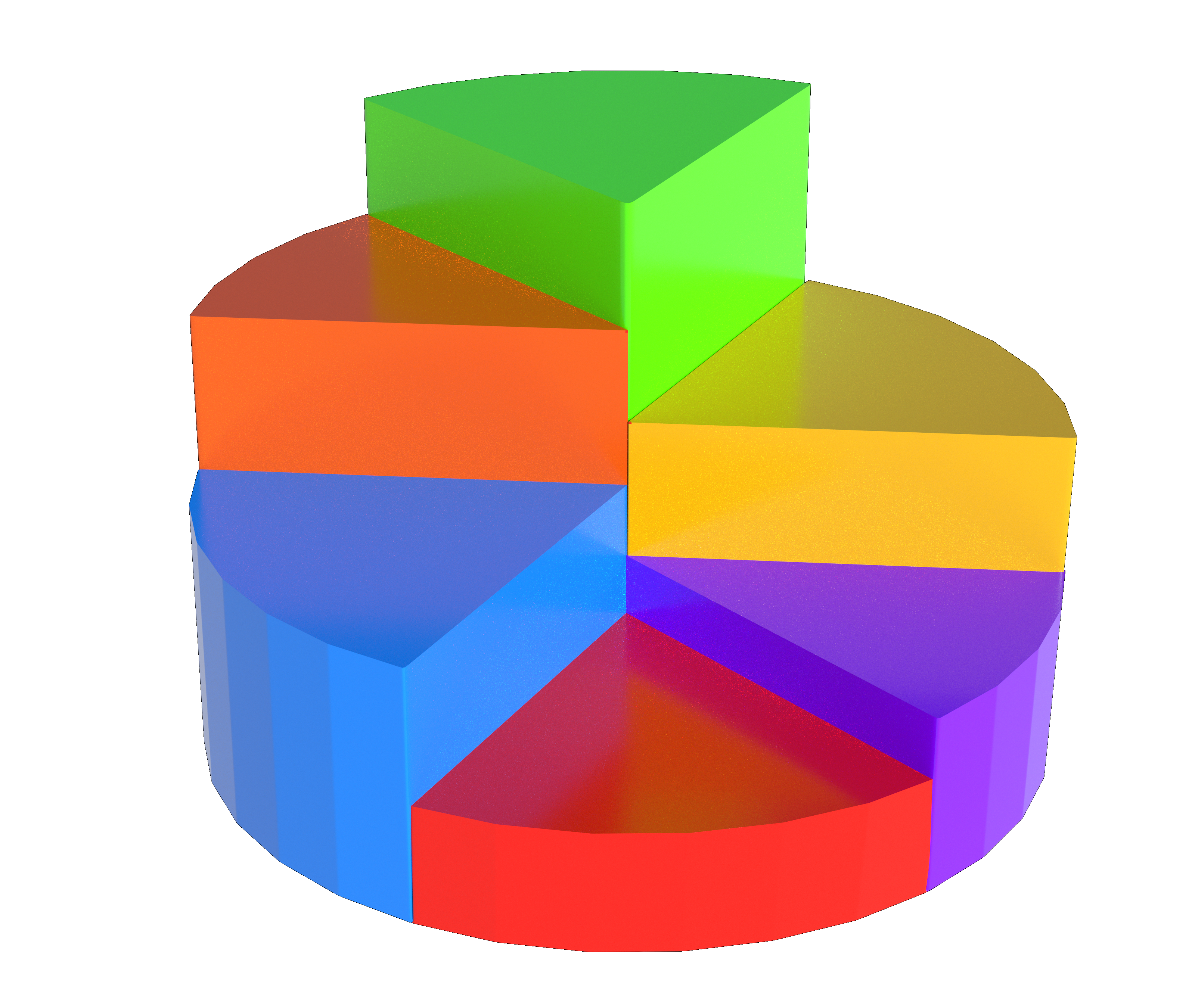Over the last couple of years, I have come to realize how important it is for us to think strategically—and very differently than most of us were taught in school—about interest and percentages.
I think the first time someone brought this to my attention was when one of my advisors asked, “What does your bank pay to borrow money from you right now?”
At the time, I think I was receiving about 0.1% interest on (some of) my deposits. (Many pay nothing at all. And if I were living in Europe or Japan, they would be charging me interest for parking my money with them.) So I said, “Let’s say 0.1%.”
“Okay,” said my advisor. “And how much are they charging in interest if you want to borrow from them?”
I haven’t borrowed anything on the personal side (for some kind of consumer good—a car or appliance, say) in many years, so I couldn’t answer for that. But I knew that mortgages on homes were running at about 4%.
She wanted to make a point, but I had no idea where she was going.
“So if they lend your money at 4%, how much interest are they making on the money you are lending to them?” she asked.
The answer seemed easy enough: “(4% – 0.1% =) 3.9%,” I said.
She looked at me a bit askance, a kind of quizzical, “are you sure?” look on her face.
???!!!???
“You have to think like a banker,” she said. “Not that most bankers actually think like this. Because, I have come to realize, they themselves have never been taught what I’m about to point out to you.”
How Businesses Make Money
A business’s P&L (Profit & Loss) Statement begins with Revenue—money in.
Next section is Cost of Goods Sold (COGS). Subtract COGS—cost of the goods, the inventory, you had to sell in order to generate that Revenue—and you are left with Gross Profit.
After that, you subtract all the expenses—shipping (in and out), storage, salaries, taxes . . .—to come up with the final Net Profit.
“When you sell a book for $10,” she said, “how much does it cost you?”
“$5, more or less,” I said. “That’s pretty close.”
“Okay. So how much do you make on that sale?”
“You mean gross or net?”
“Gross.”
“Okay. I make $5 gross. But then I have to take out all the expenses of running the business . . . !”
“Right,” she said. “I understand! Your markup is totally understandable. Net is far less than gross. But let’s just stick with the gross number for now.
“You pay $5 for the inventory and then you turn around and sell it for $10. On a percentage basis, how much do you make—gross—on the sale of that book? What’s the percentage return?”
“I put in $5 and I make $5. I double my money. So my return is 100%.”
“Okay,” she said. “So back to the bank. How much is it making on the money you lend it?”
This was not easy for me to accept. But what my advisor told me—and what I’m about to say—is correct, isn’t it?
Interest as Cost of Goods Sold (COGS)
The bank’s “cost of inventory” (i.e., what it has to “sell”—the money it will lend) is . . . what?
They give those of us who deposit our money in the bank how much? 0.1%? (Question: Are they giving that money to us? Or is that what we are charging them for the use of our money? —Something to think about! . . . But back to our story.)
So the bank’s “cost of goods” is 0.1%.
And how much do they “sell” that money for?
Four percent?
Think this through with me: four percent is . . . how many times 0.1 percent?
Yep!
I’m not even going to talk about the fraudulent nature of fractional reserve banking and the Federal Reserve. (Time enough for those subjects later.)
Just pretending that the bank could and would only lend out the funds that its depositors have loaned to it: What is its ROI (Return On Investment)?
In my business, I make approximately 100%. I put in $5 and make $5. (Again, I’m talking gross, not net!).
And the bank?
It “invests” 0.1% to acquire access to my money so it can then lend that money out at 4%.
So what is its ROI?
How does 3,900% sound?
Next time: Digging Deeper.

Recent Comments